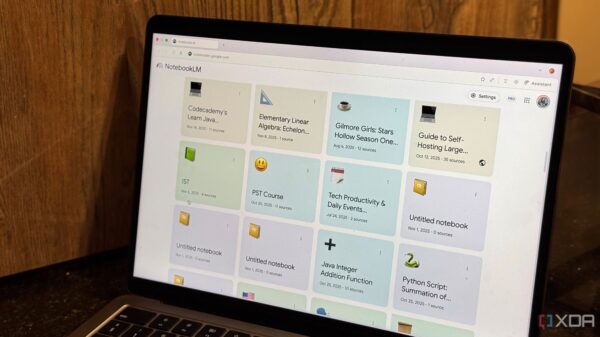Google has begun testing a new feature in the Play Store that allows users to remotely uninstall applications from devices linked to their Google account. This functionality, discovered in recent beta versions, places an uninstall button directly alongside the familiar install and open options on individual app listings. According to a report from Android Police, this update aims to streamline app management for users who frequently switch between multiple devices, such as smartphones, tablets, and wearables.
The introduction of the uninstall button addresses a growing need for efficient device management, particularly in shared environments like family accounts or corporate settings. Users will now have the ability to remove unwanted apps without the necessity of accessing each device physically. For example, if a user notices an app cluttering their tablet while browsing the Play Store on their phone, they can simply tap the uninstall button to remove it remotely.
Enhancing Cross-Device Functionality
This feature is not entirely new, as Google has previously explored remote uninstall options. A 2023 article from Android Police noted early developments in this area. However, the current test integrates the option directly into app pages, making it more user-friendly. Sources familiar with Google’s development process suggest that this initiative is part of a broader strategy to position the Play Store as a central hub for managing devices, potentially linking with features like Android’s Find My Device network.
Historically, Google has made several updates to the Play Store aimed at enhancing user experience, though not without challenges. In 2023, the company faced backlash when it temporarily obscured install buttons in search results, causing confusion among users. The new uninstall option seems to directly tackle similar issues by providing clearer control over app management. By May 2024, the remote uninstall feature was officially rolled out, as reported by the Times of India, marking a significant step in user empowerment regarding app oversight.
Implications for Users and Developers
For everyday users, this feature could lead to a more organized digital space by simplifying the process of uninstalling unused applications. An experiment highlighted in a previous Android Police article indicated that removing unnecessary apps can free up both mental and storage space, and Google’s new tool aims to automate some of that process.
Developers, on the other hand, may face mixed repercussions from this enhancement. While easier uninstalls could result in higher churn rates for underperforming apps, this aligns with Google’s ongoing quality initiatives. For instance, Google has been known to issue warnings for apps that experience high uninstall rates, as discussed in a November 2024 report from Android Police.
As the feature remains in testing, it has already been identified in Play Store version 42.4.22, according to an Android Authority APK teardown. Industry experts anticipate a broader rollout in the near future, possibly coinciding with upcoming Android updates. This development underscores Google’s commitment to creating a cohesive ecosystem, which may challenge competitors like Apple’s App Store.
For enterprise users, this new functionality could significantly improve IT management. It reduces reliance on third-party tools for app oversight, providing a more integrated solution for organizations seeking to streamline device administration. As Google refines these features, the Play Store could evolve into a comprehensive command center for users, offering enhanced control over their digital environments.
While many of these changes are aimed at improving user experience, they do not come without potential concerns. Previous modifications, such as the introduction of a slide-to-buy gesture in June 2025, were intended to prevent accidental purchases but ended up altering user behavior. Similarly, the remote uninstall button may raise privacy issues that will need to be addressed with clear communication from Google.
Ultimately, Google’s latest experiment reflects a maturing approach to app ecosystem management, balancing innovation with user empowerment. As testing continues, feedback from beta users will likely play a crucial role in shaping the feature’s final version, ensuring it meets the diverse needs of the Android user base.





































































